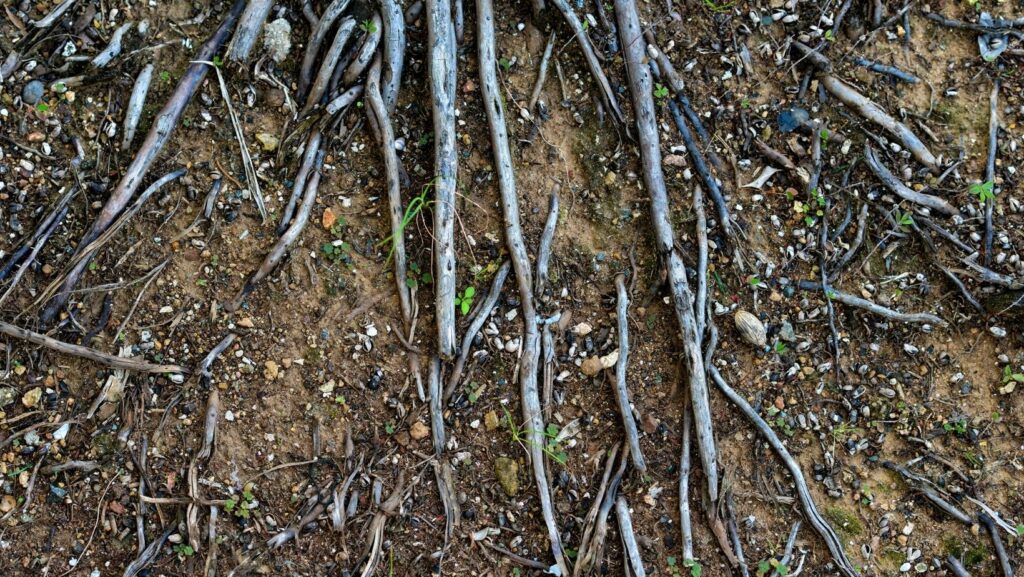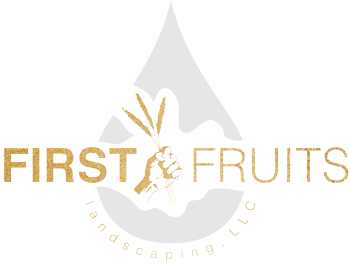What Can Kill Trees in the Pacific Northwest? Home and business owners love sprucing up their landscape by adding new shrubs and trees, but it doesn’t always end in a beautiful sight. Sometimes a tree just doesn’t seem to be doing well and it can be hard to determine why.
IF you’re worried something might kill trees in your backyard, usually it’s one of these two things
Pests: Aphids, Spider Mites and Wood Boring Beetles 
There are many types of pests in the Pacific Northwest, but here are some of the most common culprits in diseased-looking trees. We know bees and butterflies can assist with pollination and ground beetles eat slugs and snails in the garden, proving that not all bugs are destructive. However, aphids are one of the most common plant pests. These miniature nuisances suck sap from trees and cause leaves to curl up and die. They are also prolific reproducers so removing them safely from your landscape can be a challenge. Opting for an all-natural solution of soap and water or garlic oil can prevent damage to the trees and shrubs, while also protecting other helpful insects.
Spider mites are another small but destructive force to contend with. They can cut through the surfaces of trees, causing tiny holes to dry it out. They’re so tiny, they often go unnoticed, but they infest indoor and outdoor plants and trees of all kinds. In the Pacific Northwest, they have been found to damage Douglas Fir trees, conifers, and spruce, as well as arborvitaes and other shrubs. Like aphids, the treatment can be a soapy water spray down unless severely infested. In this case, a horticulture oil may be necessary to kill eggs that can survive through the chill of winter and reinfest trees.
Borers such as the Bronze Birch Borer and Asian Long-horned Beetle can bore tunnels through the trunks and branches of trees, causing significant damage and killing enormous, well-established trees. These bugs lay eggs in the tunnels they bore which depletes the tree of nutrients and water. By the time owners see the tunnels, or the resulting saw dust appearance at the base of the tree, it is usually too late to save. Insecticides can be applied to kill these borers but are not always effective. Because these borers are drawn to dead, fallen limbs, the best line of defense is to remove any old debris from around the base of trees and keep trees watered, pruned, mulched and healthy.

Root Rot
Poor drainage or overwatering trees is another common killer in the Pacific Northwest. The extra water keeps the tree roots from being able to absorb the nutrients it needs from the soil and depletes the roots of oxygen. In some species, root rot can take years to kill a tree, but others can be lost in a single season. Ensuring trees are initially planted in well-drained areas is the best defense. However, if a tree is already established and water is noticeably pooling, you can also create a moat away from the tree to allow the water to settle outside the perimeter of the tree and away from the trunk. If it becomes clear that a tree is suffering from root rot and cannot be saved, it’s important to remove it from the area so it doesn’t cause other nearby trees to become diseased, as well.
The lush green landscape of the Pacific Northwest is very indicative of the health of the natural sunlight and precipitation. Tending to these pests and diseases quickly to avoid tree and landscape damage will result in the beautiful display of evergreen and color-changing trees this area is known for.
Need help pruning any of your trees or shrubs? Give us a call. Would love to give you an over-the-phone quote, come out for a free consultation, and offer tips and suggestions on beautifying your property and landscape.
